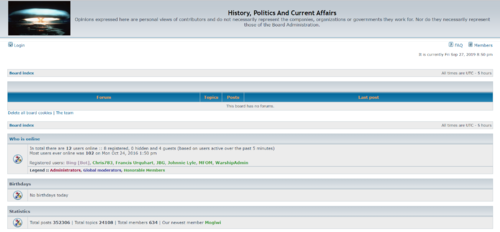chimeric oncogene
ACCESS: Secret
- Joined
- 23 May 2019
- Messages
- 347
- Reaction score
- 429
May I ask how I can sign up to join the TBOverse forum (aka Stuart Slade's supersonic bomber site)? I can't find any means of signing up on my browser, and I think they recently locked all nonmembers out of the forum entirely, so I can't see any posts at all. All those lovely detailed Valkyrie and F-12B posts, locked away forever...


Last edited:
